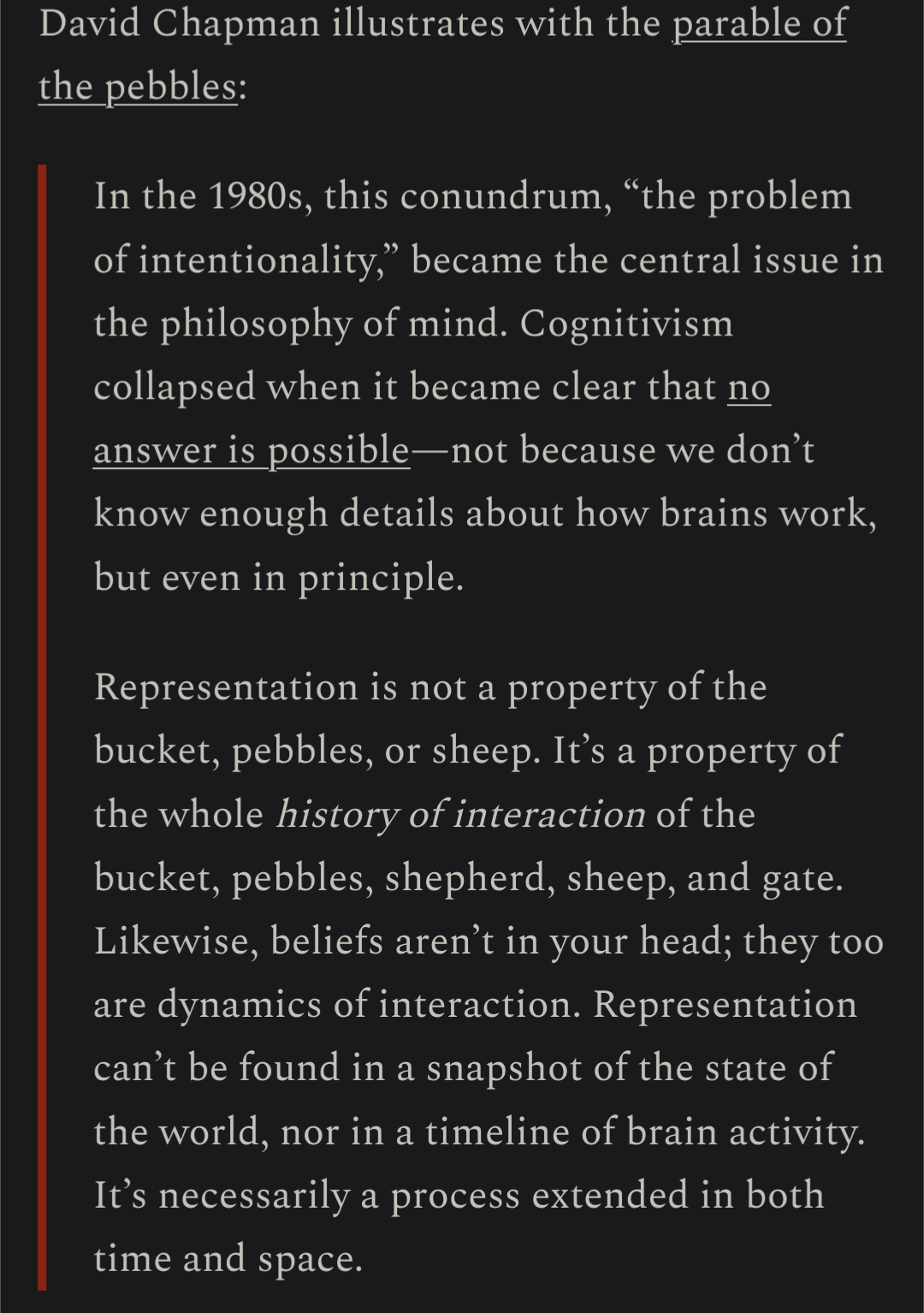
Resolution Criteria:
This question resolves to "Yes" if, before January 1st, 2075, a formal, publicly released statement—either in a peer-reviewed scientific journal or from a reputable academic or research institution—announces that a human individual's mind (including their memories, personality, consciousness, and sense of self) has been transferred to and demonstrated to operate within a non-biological computer. All of the following criteria must be met:
Formal Documentation:
The claim must be published in a peer-reviewed journal or as an official institutional report.
Expert Verification:
At least 10 signatories must endorse the claim, each holding a PhD or equivalent in a relevant field (e.g., neuroscience, cognitive science, AI, philosophy of mind).
Each signatory must have a faculty or research position at an accredited university, recognized research institution, or reputable company.
Each signatory must have a track record of peer-reviewed research.
Evidence of Mind Uploading:
The document must clearly state that a human individual’s memories, cognitive functions, personality traits, and subjective sense of identity have been replicated and are demonstrably operating within a non-biological computational medium.
The evidence should include data supporting continuity of personal identity (e.g., verified recognition of personal memories known only to that individual, consistent personality profiles, or other established psychological measures).
This is a fascinating question, but unfortunately I feel like it's resolution is inevitable.
Some optimists point to rapid AI progress, whole-brain emulation blueprints (like the Blue Brain Project), and advances in connectomics (see Azevedo et al., 2009 on synapse estimates). They argue Moore’s Law and exponential computing might get us there.
But theory is one thing. Engineering and biology are another.
The cold reality:
Sheer data complexity
A single human brain has ~86 billion neurons (Azevedo et al.) and trillions of synapses - but raw numbers don’t capture the problem. Synaptic plasticity, glial cell interactions, neuromodulation, and sub-cellular processes (e.g., epigenetic states) all affect cognition and memory. It’s not just structure; it’s dynamic processes. We don’t yet know how these work in totality (Seung, 2012).
No consensus on the substrate of consciousness
Even if you scan every synapse, there’s no agreed theory of how subjective experience emerges. Chalmers’ “hard problem of consciousness” remains unsolved. Koch, Crick, and Tononi have all pointed out that physical replication may not yield subjective continuity. Uploading isn’t just storing data — it’s continuity of the phenomenal self. That’s an unsolved philosophical and empirical puzzle.
Practical scanning barriers
Connectome scanning at nanometer resolution is destructive, e.g., slicing the brain (Kasthuri et al., 2015). We can’t do this non-invasively for a living human. The best we have — e.g., the mouse brain connectome — took years to map and doesn’t capture the molecular states needed for memory engrams.
No working emulation
Despite decades of funding, no lab has come close to emulating even a simple mammalian brain with verified cognitive functions, let alone human-level, let alone preserving subjective identity. Markram’s Blue Brain remains far from this goal.
Deep ethical, legal, and social barriers
Even if the tech arrived, who would volunteer to have their biological brain destroyed for a hypothetical upload? What legal entity would accept this as “the same person”? The market’s resolution criteria — requiring verified continuity of identity — means there’s no room for half measures.
Sources:
Azevedo FA, et al. (2009). Equal numbers of neuronal and nonneuronal cells make the human brain an isometrically scaled-up primate brain.
Seung HS. (2012). Connectome: How the Brain's Wiring Makes Us Who We Are.
Kasthuri N, et al. (2015). Saturated Reconstruction of a Volume of Neocortex.
Bostrom N. (2003). Are You Living in a Computer Simulation? (Discusses mind uploading thought experiments.)
Chalmers DJ. (1995). Facing up to the problem of consciousness.
We have no proven path past these barriers — and we’re not meaningfully closer than we were 20 years ago. Betting on mind uploading before 2075 is betting on multiple fundamental breakthroughs in neuroscience, philosophy, and engineering all converging, with zero precedent that they will.
It’s a beautiful sci-fi dream, but it's almost impossible.
I would have liked to believe it. Maybe one day.
